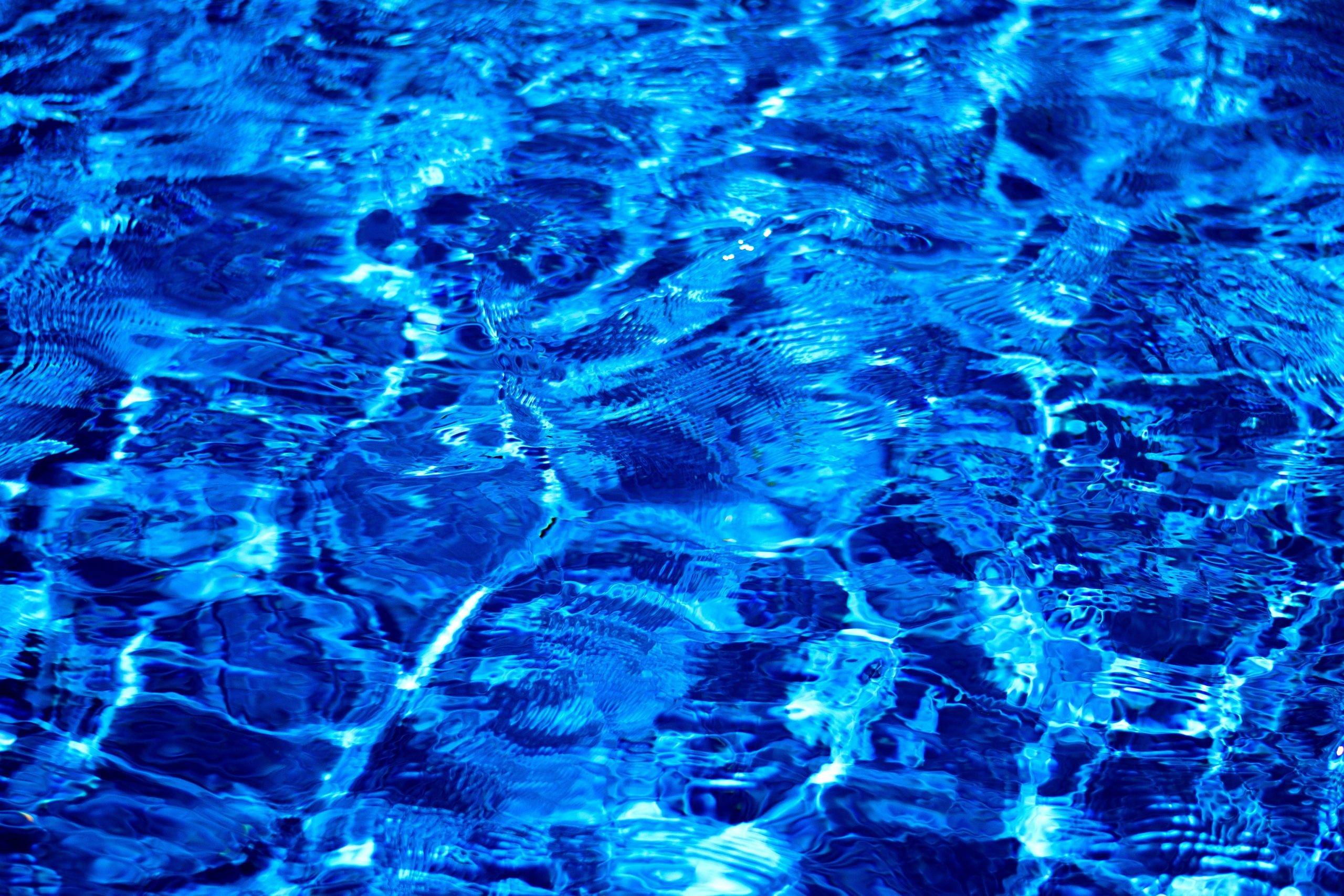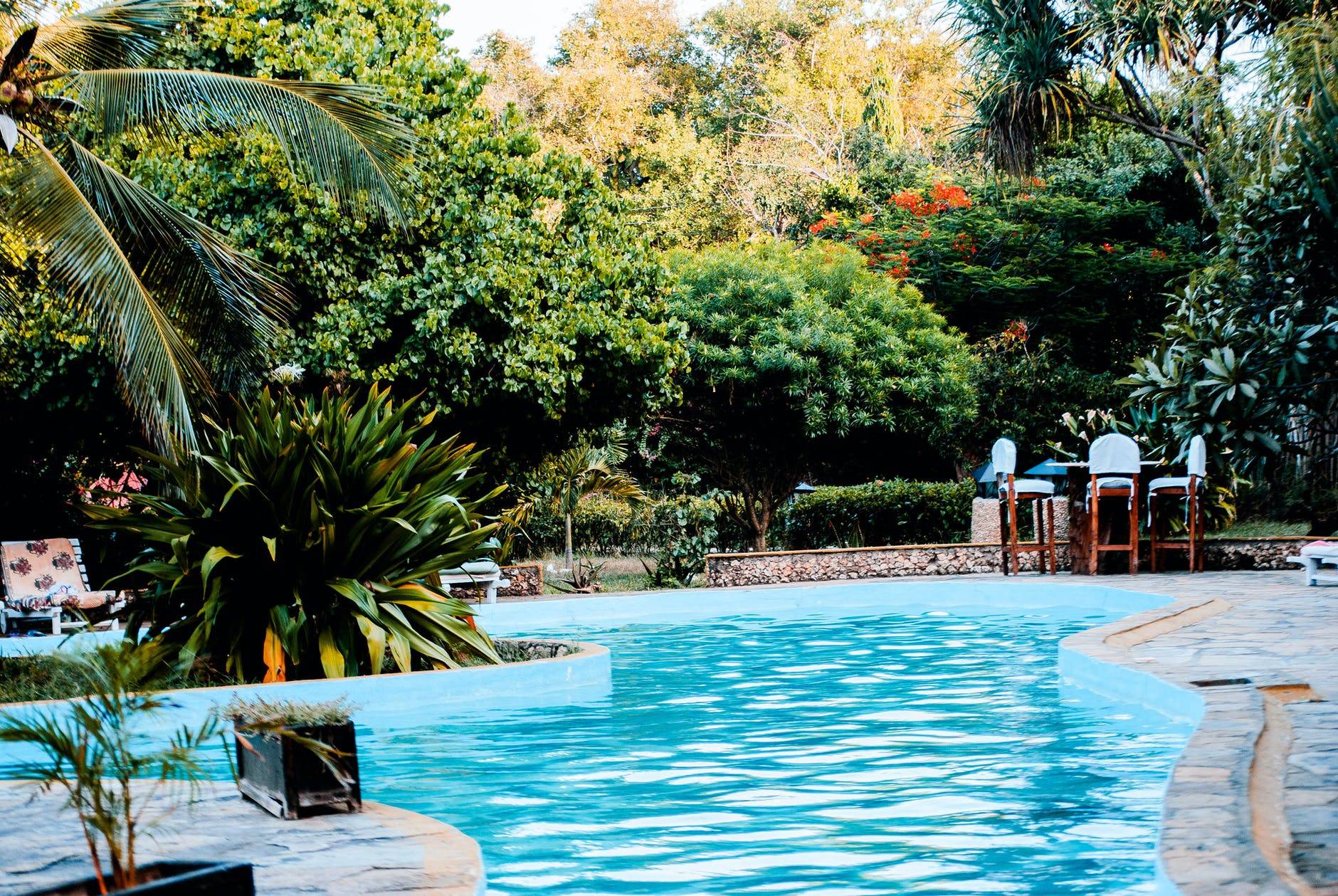Unexpected CYA test result
- By PoolStored
- Swimming Pool Start-up and Closing
- 53 Replies
Hold the sample IN THE SHADOW OF YOUR BODY at waist level and look down into it...hold the test tube at waist level and look down into it.
Hold the sample IN THE SHADOW OF YOUR BODY at waist level and look down into it...hold the test tube at waist level and look down into it.
You bought the Standard Sampler, so you have a 50ppm CYA sample that you can use to calibrate your eye.I need to look more into the CYA testing method to see what people describe as "fully obscure"
I believe we live in a simulation...JK.Question everything...story of my life. Lol
As I reflect on this thread. You and I are not much different. I was *PoolStored* for $1500 before I found TFP. I figured, I got a 5 on my AP Chem, I can figure this out....I questioned everything.
Two threads for you....my AHAs!!!
Pool Water Chemistry
This thread presents my findings so far on pool water chemistry including the following: More Accurate Calcite Saturation Index (CSI) to replace Langelier Saturation Index (LSI) Calculation of ppm HOCl (disinfecting chlorine) at various levels of Total Free Chlorine (FC) and Cyanuric Acid (CYA)...www.troublefreepool.com
I knew I was Pool Stored when...
With the influx of springtime new members rolling in, oddly, I found myself astounded at the number of members that have been Pool Stored. I don't know why it struck me this year, after helping so many that have been pool stored in the past, and even having the username PoolStored, but...www.troublefreepool.com
Gotta' take care of the guy...you are a good egg.Well it got hot today and my guy is getting tired. It'll be tomorrow before he finishes and the fill starts.
For prosperity, there is easier, then there is accurate. It may be easier, but if the results aren't accurate you will be chasing your tail.That's why I was thinking of getting an easier solution

Thank you,The L1 ANSI standard is just not up to the Taylor accuracy. It's not you it is the chemistry and the technology. Trust the Taylor reagents. They are the "gold standard."
I just updated the CYA testing article last fall. CYA test is turbidity test and highly dependent on light. Read the CYA testing article, it will help you.
I conversed with Taylor, over a period of time, to understand. You need to use indirect lighting to see the turbidity. You need strong indirect lighting, with the sun to your back, vial in the shadow of your body. Very roughly speaking, direct overhead sunlight is around 100,000 lux, strong indirect light (i.e. shaded from the sun) is around 10,000 lux, an overcast sky is around 1000-5000 lux but varies on how overcast (which is why a bright white cloud overcast is still OK), indoors is usually < 1000 even in a bright kitchen (more typically 500 lux). Sunlight, even on an overcast day, will provide more accurate results than indoor lighting. See the article for obscured, or order the 50ppm standard (that is how I learned).
Stay as far away from baquacil as you can.We are almost at construction of our pool time and we have a close friend/neighbor that is allergic to chlorine. Wanted to weigh the options between liquid chlorine and baquacil. We are having an 18x36 vinyl pool put in with a sun shelf. Any advice is welcome.
The L1 ANSI standard is just not up to the Taylor accuracy. It's not you it is the chemistry and the technology. Trust the Taylor reagents. They are the "gold standard."Overall, I'm disappointed in the Sensafe numbers with Taylor reagents being the "gold standard", unless I just need to identify something I did wrong. I also wish the dot disappearing was more dramatic, but maybe its because my CYA was lower than I had thought...or it could be my kitchen light. Time will tell.
thank you for the links, I will check the soon and let you know.Don't be overwhelmed. Do each three times and you will get it. I was the same in the beginning. Take it as a learning experience...new frontiers!
Here are the instructions for each...easy to follow...you can print them out too. Each kit, taylor or TFTESTkits comes with instructions.
Extended Test Kit Directions Archives
www.troublefreepool.com
We have had 100s of thousands learn. Seriously.
View attachment 634210
You will be a pro in a week!
Videos if you like!
I just skimmed a bit, and it looks a bit complicated for me to read each test and understand how to check it. That's why I was thinking of getting an easier solution. I agree with you that the products you suggested are much better than the ones I mentioned. But I need some videos or guides with clear instructions so I can use all the chemical tests. It’s a bit overwhelming for a newbie like me.No. (see below).
Send it back. There is a much more accurate and reliable solution (K-1766 see below). More expensive, but I can't tell you the number of times we have issues with digital testers.
Yes. Get one of the recommended test kits. Link-->Test Kits Compared
We don't care what you get:
TF-100 SALT TF-100 Salt Test Kit
TFPRO SALT TF-Pro Salt
Taylor K-2006C and K-1766 (salt). Amazon.com and Amazon.com
They are all the same Taylor reagents. The benefit of the TF kits (separate company and run by a member) is that there is 2.7x the amount of the FC testing solution, and the speed stir in the PRO makes testing accurate and reliable.
We also have had a lot of reports of bad reagents from Amazon because they sit in a hot warehouse and degrade. TFTESTKITS will stand behind any issues and guarantee reagents for a year.
Having a proper test kit will save you $$ and save you from chasing your tail.
- What is the actual salinity and how are you measuring it?
I know...right?TF kit and the numbers didnt change.
Print these out. Read them a couple times. You'll get it:I need to look more into the CYA testing method to see what people describe as "fully obscure"



I wonder why Pentair Install Manual mentions connecting Black / Yellow / Green only in the RS-485 section, line #8?Just connect yellow/green wires.
Black and red wires are used for 12V power to devices that are powered by the RS-485.
No. (see below).Do you think that’s still accurate enough?
Send it back. There is a much more accurate and reliable solution (K-1766 see below). More expensive, but I can't tell you the number of times we have issues with digital testers.For the salt level, I used to use strips, but today I ordered this one:
Yes. Get one of the recommended test kits. Link-->Test Kits ComparedDo you think there’s any other test kit I should have?
Just connect yellow/green wires.Thanks for prompt reply.
I'll get the heater powered correctly tomorrow AM but leveraging the Line side of my relay. That will be fairly easy and clean.
With respect to IntelliCenter... Looks like I have some rewiring to do. It certainly seems like the RS-485 connection is more functional than the Gas Heater J2 allowing for more info/control thru IntelliCenter.
So I believe I need to:
1. Restore the Fireman's Switch by wire-nutting the spliced wired back.
2. Move my 4-conductor "control wire" to the RS-485 connector on the MT400, but only use Black / Yellow / Green (I wonder why not Red)
3. Move the other end of the "control wire" from J2 to a COM Port and use only use Black / Yellow / Green
4. Reprogram IntelliCenter fro MasterTemp instead of Gas Heater.
5. Fire the bad boy up!
The testing is still in progress. I used to have some old test kits, but some are expired and others got lost!You got it. Thanks for the support. TFP has saved me thousands. No joke.
Now, back to testing. How are you testing your water?
On pool math, use your TFP login and password. Enable sharing with TFP...then we can click on your name and see results. To store results, you need the subscription...it $8 per YEAR to keep a log of tests and chemical additions. Free versions saves only the last results.
Thanks for prompt reply.1. Use RS-485 control. Read Pentair Automation Systems - Further Reading
2. Yes. Connect to LINE screws.
How old is your K-1766...salt reagents tend to go bad more quickly than others. When they are bad, you get a higher result on your salt test. I had a reagent set that was "unexpired," but it read high and I knew it. Got new reagents and the results were lower.I conducted a sodium chloride test

